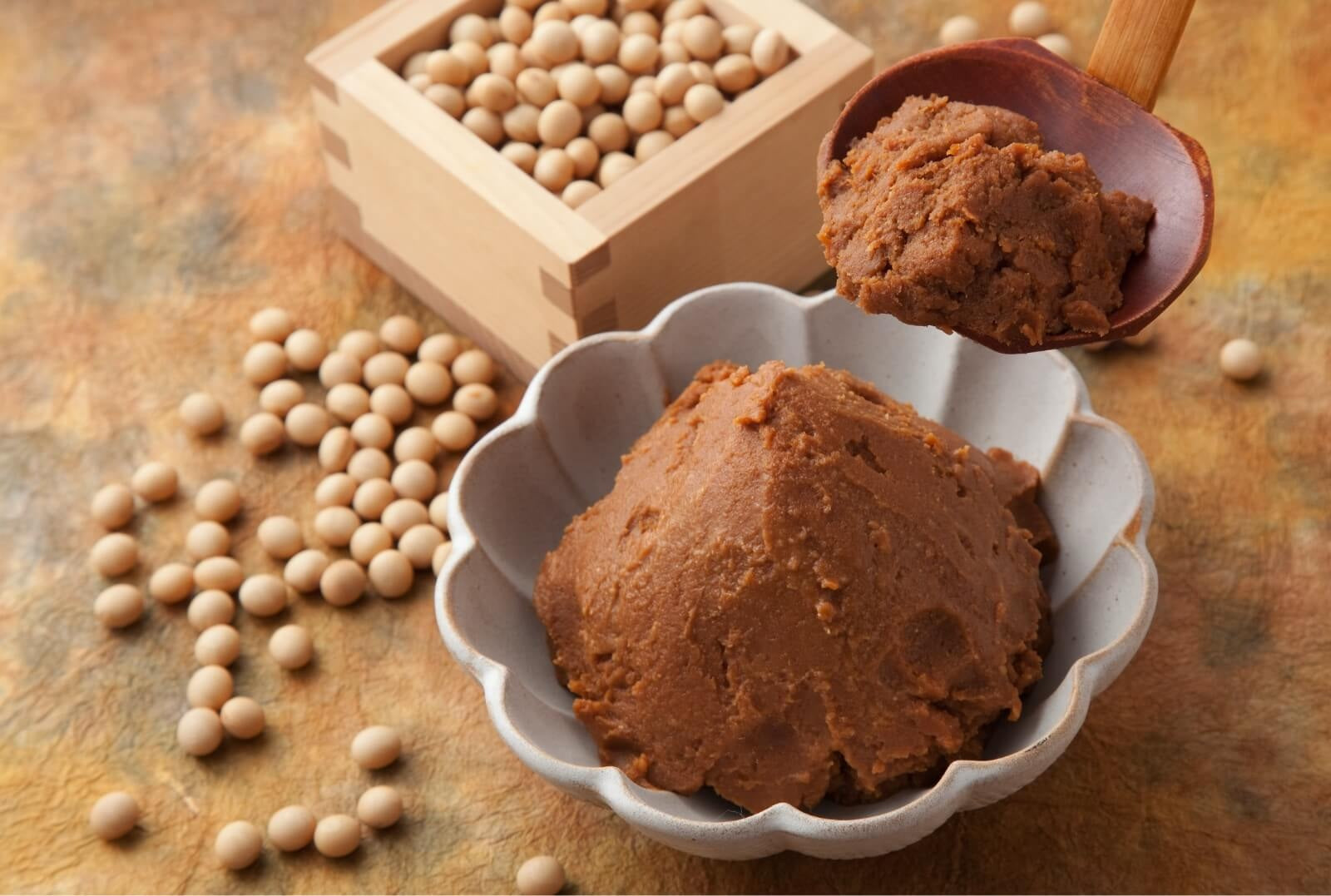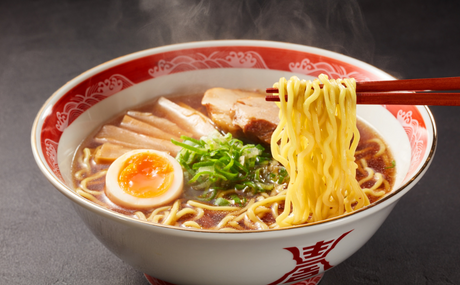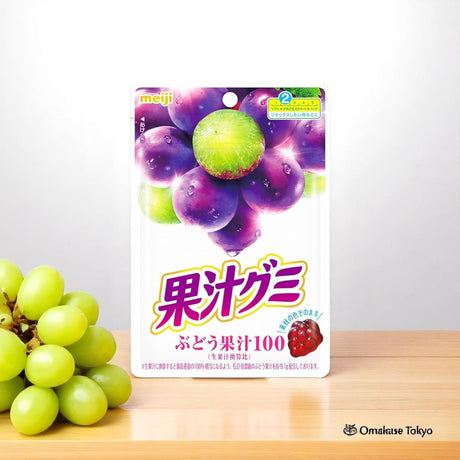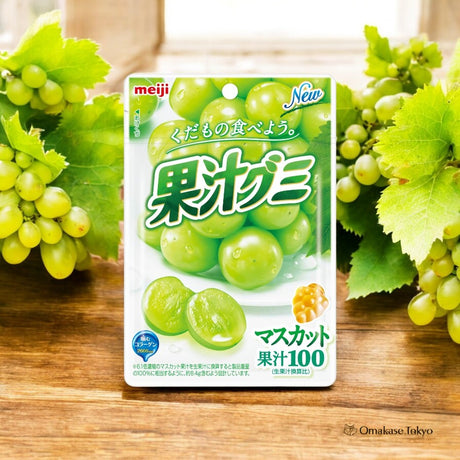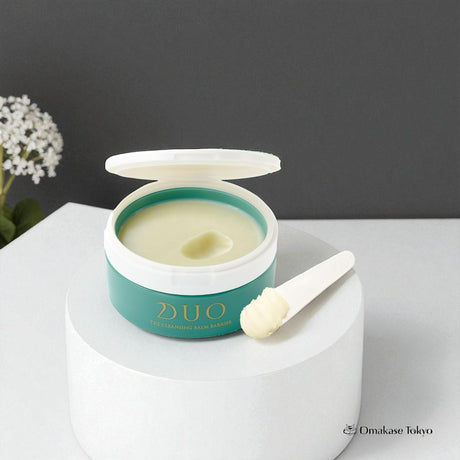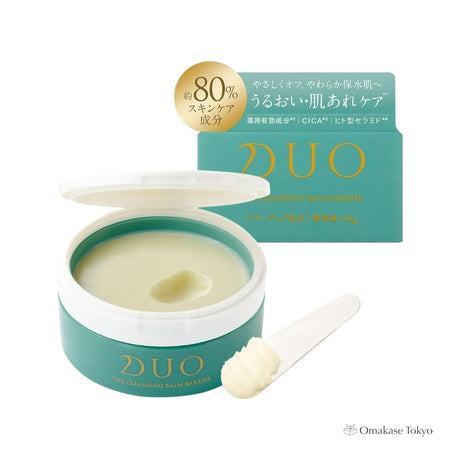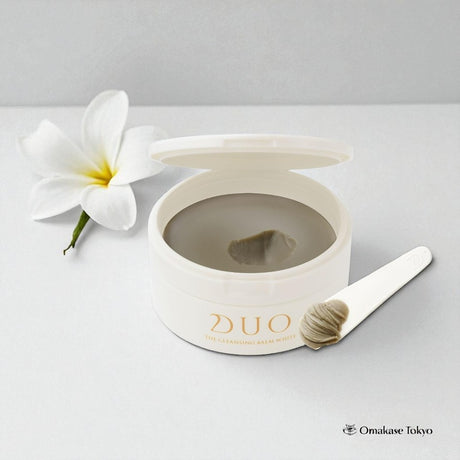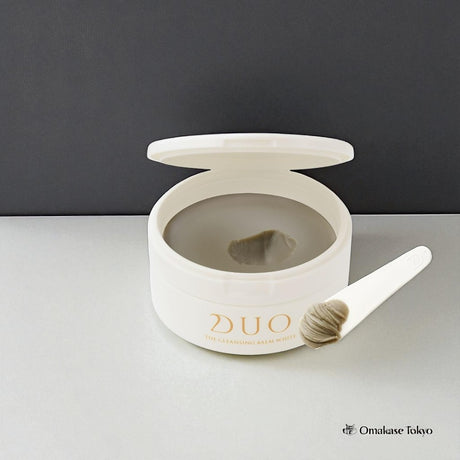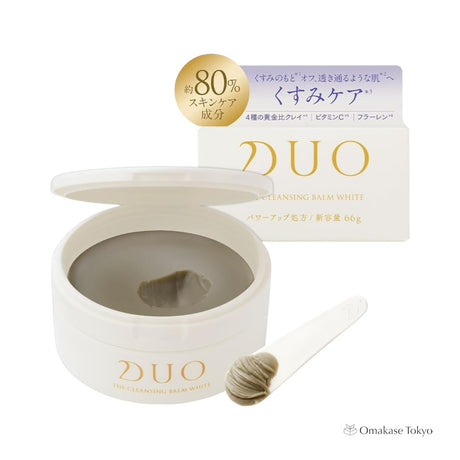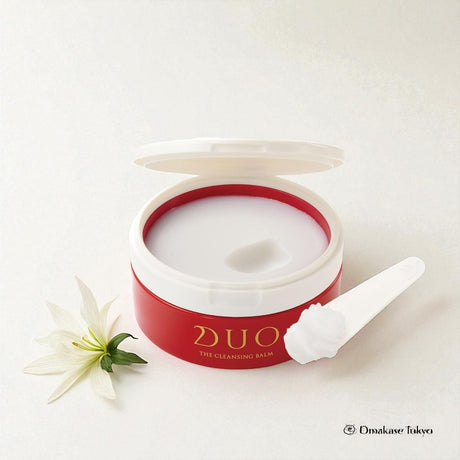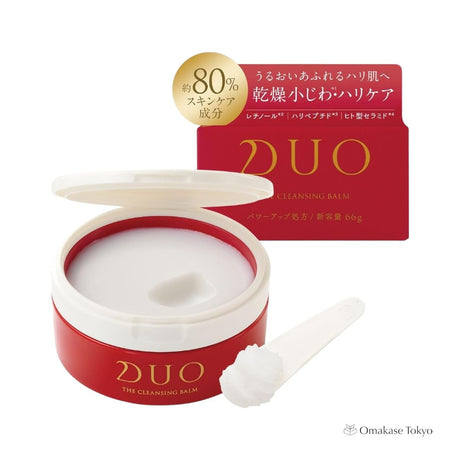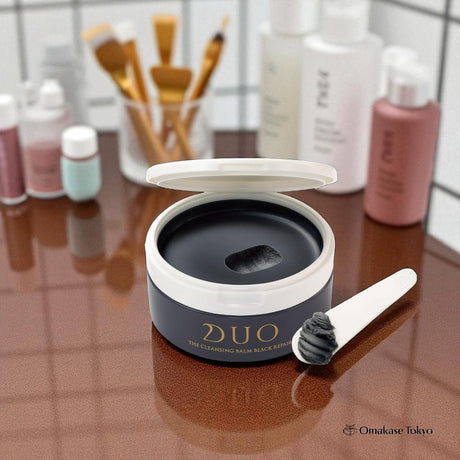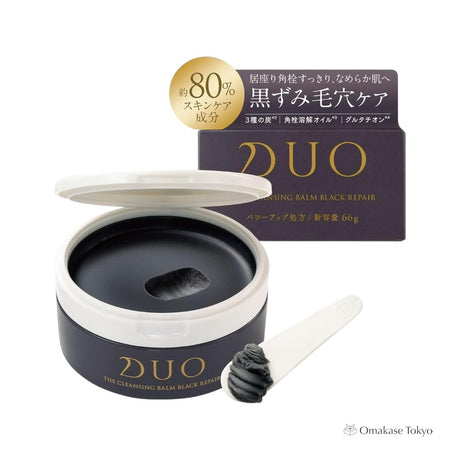Miso, a fermented soybean paste, is a cornerstone of Japanese cuisine, celebrated for its rich umami flavor and versatility. With a history dating back over a thousand years, miso has been a staple in Japanese households, used in everything from soups and marinades to sauces and pickles. Its unique taste and health benefits have also made it popular worldwide, where it is embraced by chefs and home cooks alike.
The Origins of Miso
Miso’s origins can be traced back to ancient China, but it was in Japan that it developed into the diverse and flavorful condiment we know today. The process of fermenting soybeans with salt and a mold called "koji" (Aspergillus oryzae) creates the distinct taste and texture of miso. Over the centuries, regional variations emerged, each with its own unique flavor profile, influenced by local ingredients and climate.
In Japan, miso was traditionally made at home or in small batches by local producers. It was a highly valued food, often given as a gift or used in religious ceremonies. As Buddhism spread in Japan, miso gained popularity among monks, who appreciated its nutritional value, especially in vegetarian diets.
Types of Miso
Miso comes in many varieties, with the most common types being:
-
White Miso (Shiro Miso): Made with a higher proportion of rice or barley, white miso is lighter in color and has a sweeter, milder flavor. It is commonly used in dressings, soups, and marinades.
-
Red Miso (Aka Miso): Fermented for a longer period, red miso has a darker color and a stronger, more pungent flavor. It is often used in heartier dishes like stews or braised meats.
-
Mixed Miso (Awase Miso): A blend of white and red miso, awase miso combines the mildness of white miso with the depth of red miso, making it a versatile choice for various dishes.
-
Barley Miso (Mugi Miso): Made with barley, this type of miso has a rich, earthy flavor and is particularly popular in rural areas of Japan.
-
Soybean Miso (Hatcho Miso): Made almost entirely from soybeans, this miso is darker and more robust, with a slightly bitter taste. It is often associated with the Aichi Prefecture.
Each type of miso has its own culinary uses, and Japanese cooks often keep several types on hand to suit different dishes and tastes.
Health Benefits of Miso
Miso is not only a flavorful addition to meals but also offers numerous health benefits. It is rich in essential nutrients, including protein, vitamins, and minerals such as zinc, copper, and manganese. The fermentation process also produces probiotics, which can aid in digestion and support gut health.
Studies have suggested that regular consumption of miso may help reduce the risk of certain cancers, lower cholesterol levels, and improve cardiovascular health. Its high antioxidant content also helps combat inflammation and oxidative stress. However, because miso is high in sodium, it should be consumed in moderation, especially for those on a low-sodium diet.
Cooking with Miso: A Simple Miso Soup Recipe
Miso’s versatility makes it a fantastic ingredient for a wide range of dishes. One of the most beloved and traditional ways to enjoy miso is in miso soup, a comforting and nourishing dish that is easy to prepare. Here’s a simple recipe to get you started:
Classic Miso Soup Recipe
Ingredients:
- 4 cups (1 liter) dashi (Japanese soup stock)
- 3 tablespoons miso paste (white, red, or a mix)
- 1/2 block tofu, cut into small cubes
- 1/2 cup wakame seaweed, rehydrated in water
- 2-3 green onions, thinly sliced
Instructions:
-
Prepare the Dashi: In a pot, bring 4 cups of dashi to a gentle simmer. Dashi is a fundamental stock in Japanese cuisine, typically made from kombu (dried kelp) and bonito flakes (dried fish flakes). You can also use instant dashi granules dissolved in water as a shortcut.
-
Add the Tofu and Wakame: Once the dashi is simmering, add the cubed tofu and rehydrated wakame seaweed to the pot. Let it cook for a few minutes until the tofu is warmed through and the wakame is tender.
-
Dissolve the Miso: Remove a small amount of the hot dashi from the pot and place it in a separate bowl. Add the miso paste to this bowl and stir until it is fully dissolved. This step helps prevent clumps of miso in your soup.
-
Combine and Serve: Slowly pour the dissolved miso mixture back into the pot, stirring gently. Be careful not to boil the soup after adding the miso, as high heat can destroy its delicate flavors and beneficial enzymes. Once combined, remove the pot from heat.
-
Garnish: Ladle the soup into bowls and sprinkle with sliced green onions. Serve immediately and enjoy!
Exploring Beyond Miso Soup
While miso soup is a staple, miso can be used in many other dishes. It makes an excellent marinade for meats and fish, a flavorful addition to stir-fries, or a base for sauces and salad dressings. Experimenting with different types of miso and incorporating it into various recipes can open up a new world of flavors in your cooking.
Miso me, soo love
Miso is more than just an ingredient; it is a symbol of Japan's culinary heritage, embodying the simplicity, depth, and connection to nature that characterizes Japanese cuisine. Whether in a humble bowl of miso soup or a complex marinade, miso brings umami richness and a touch of history to every dish it graces. As more people around the world discover the joys of cooking with miso, its legacy continues to grow, bridging cultures through the universal language of food.

